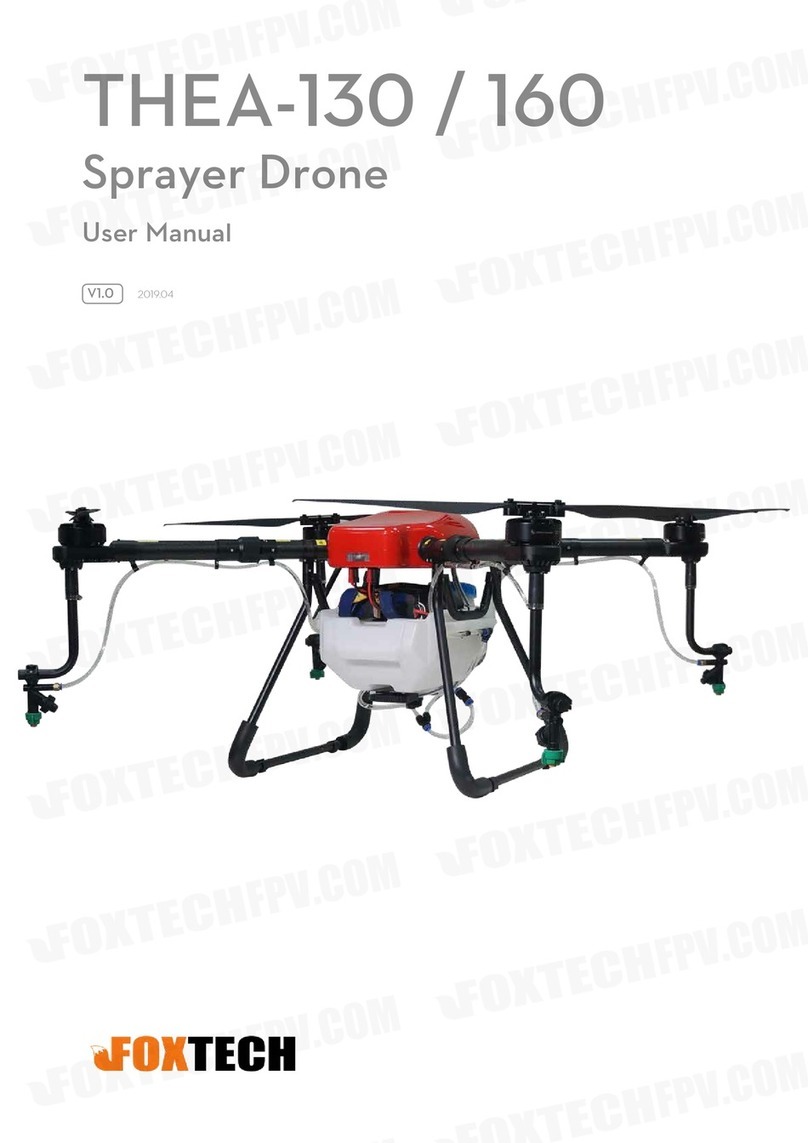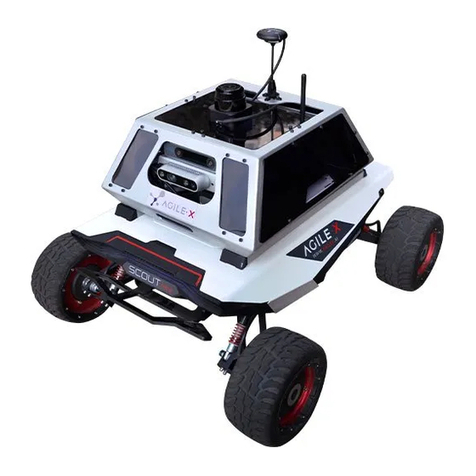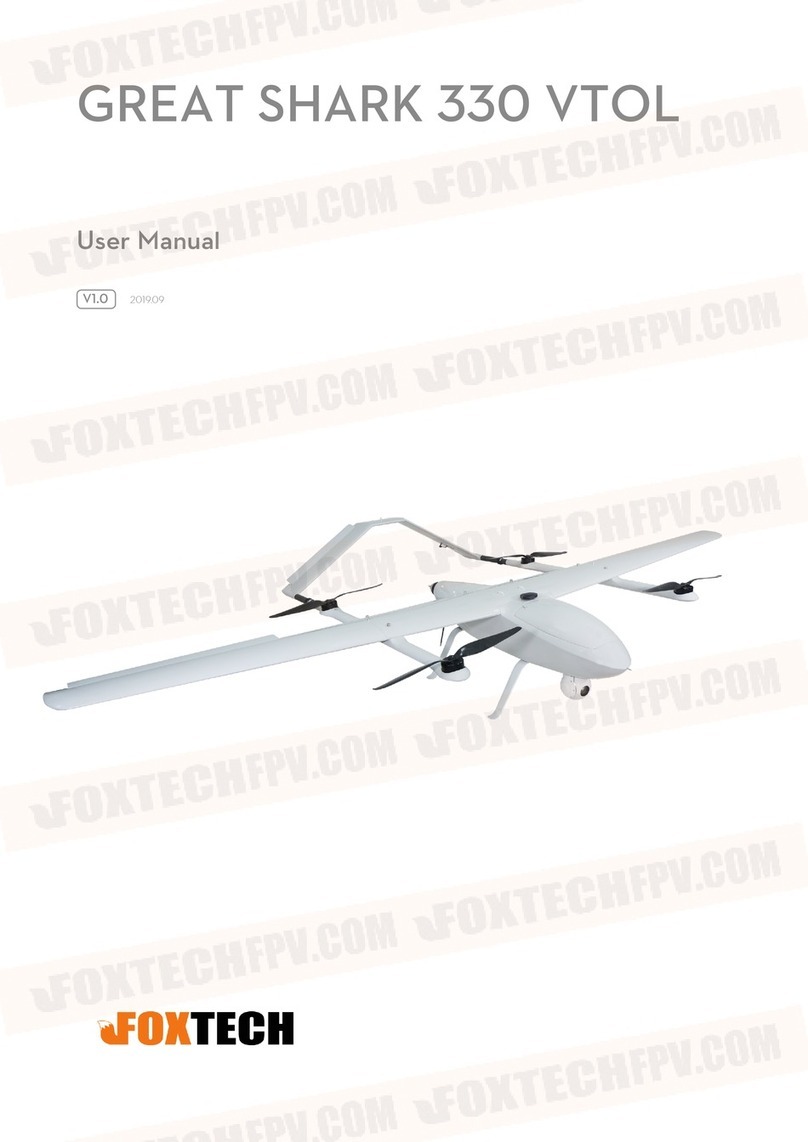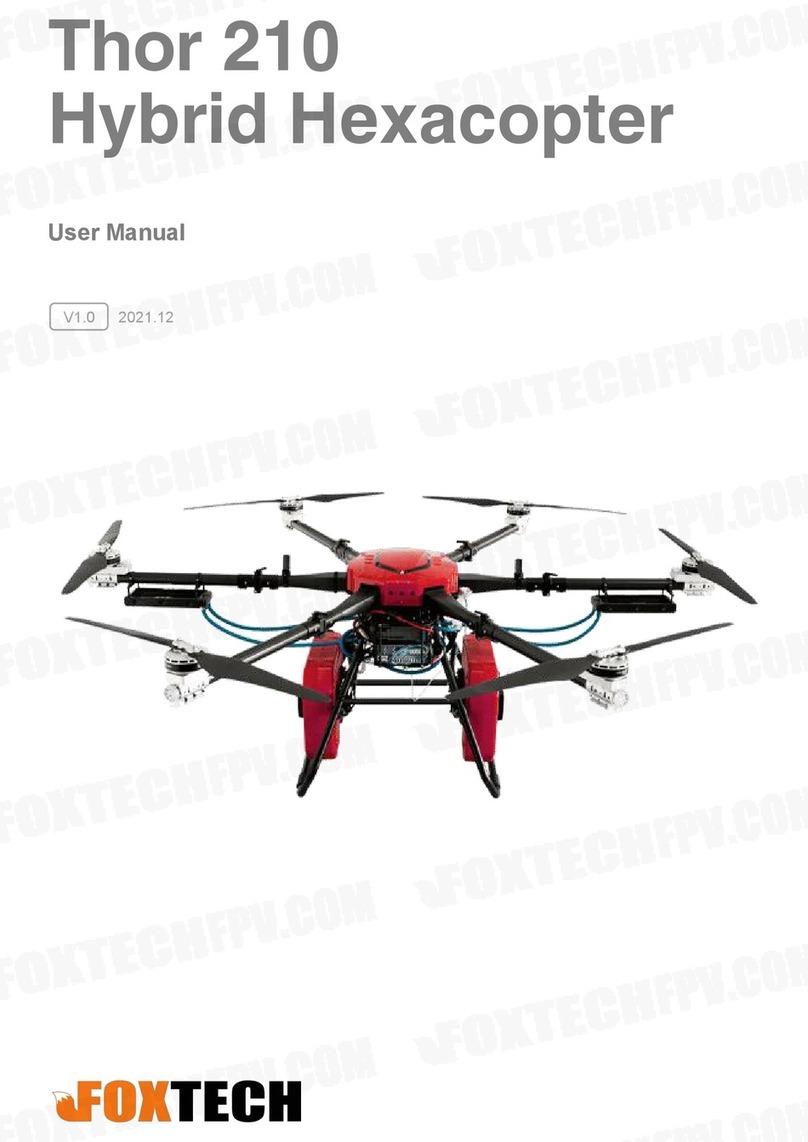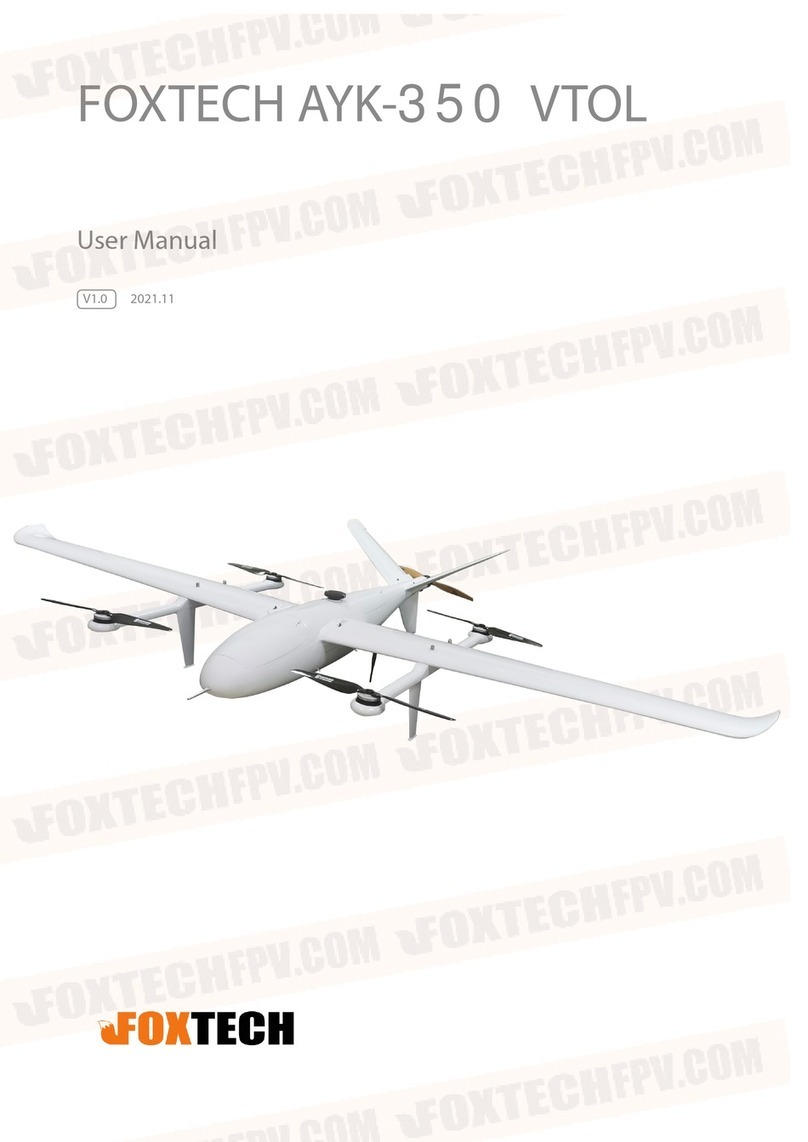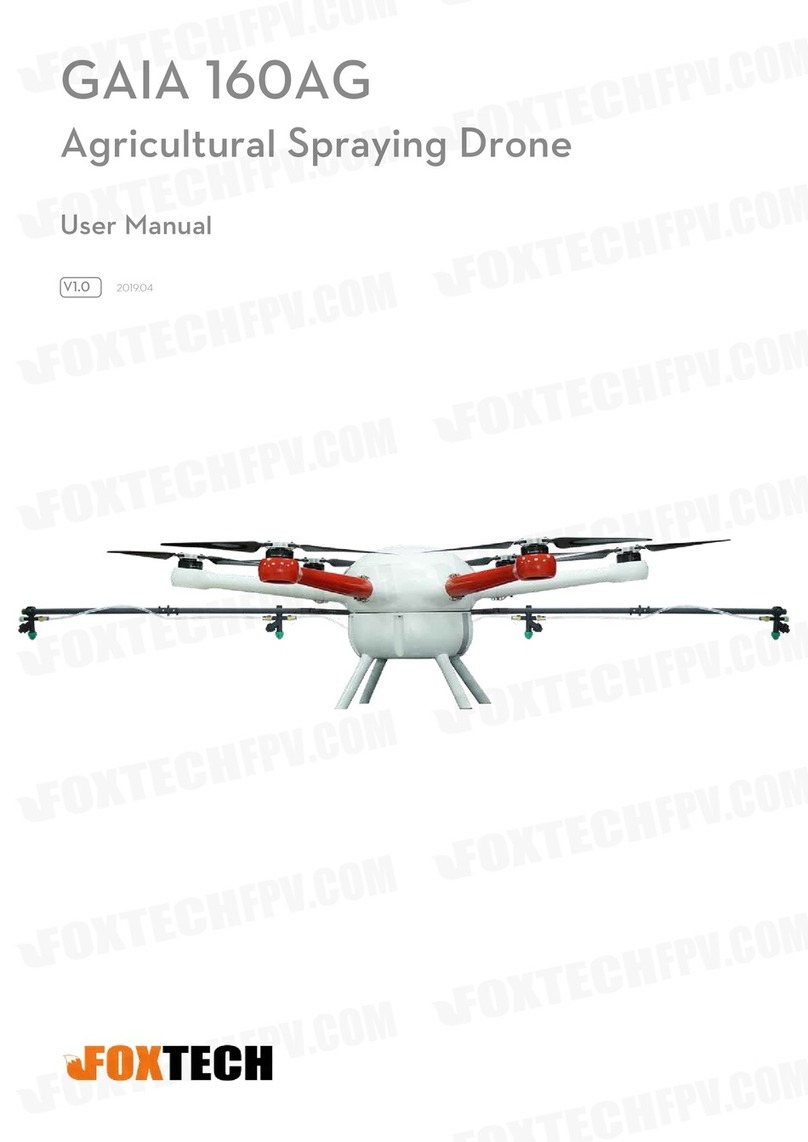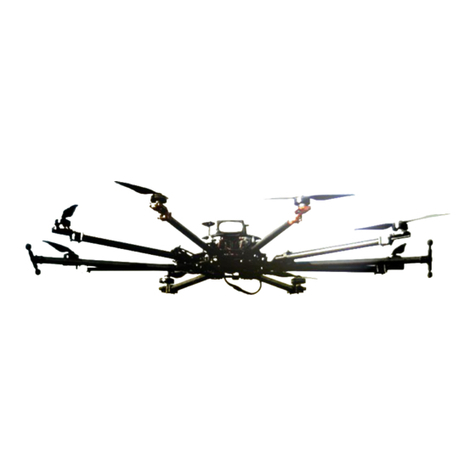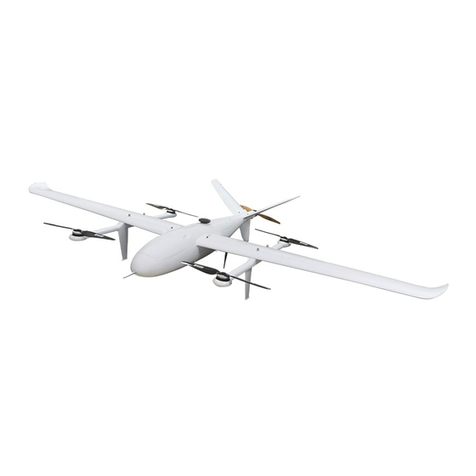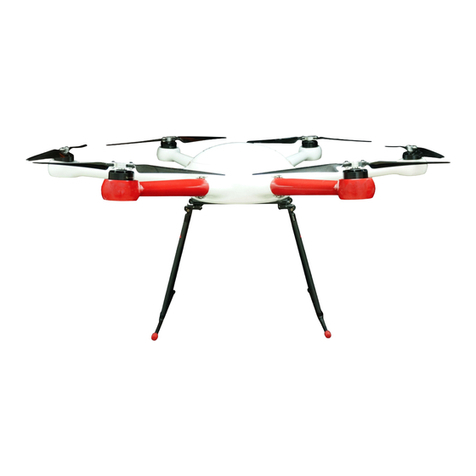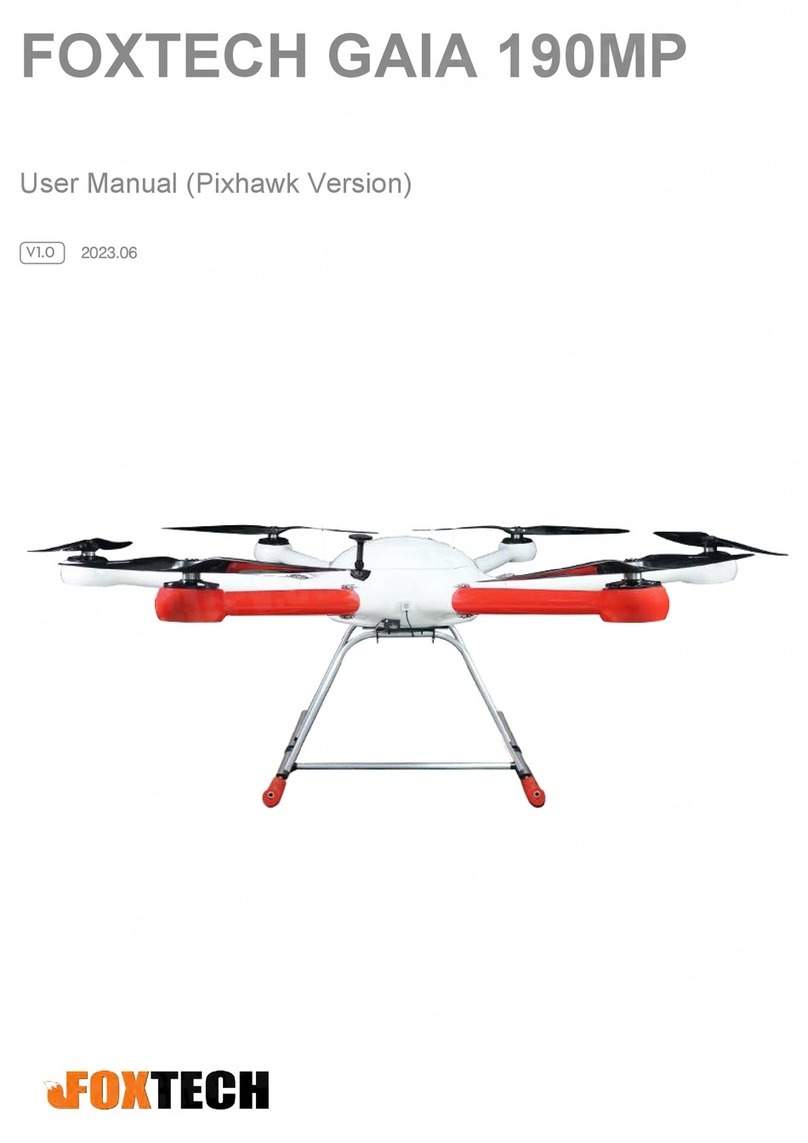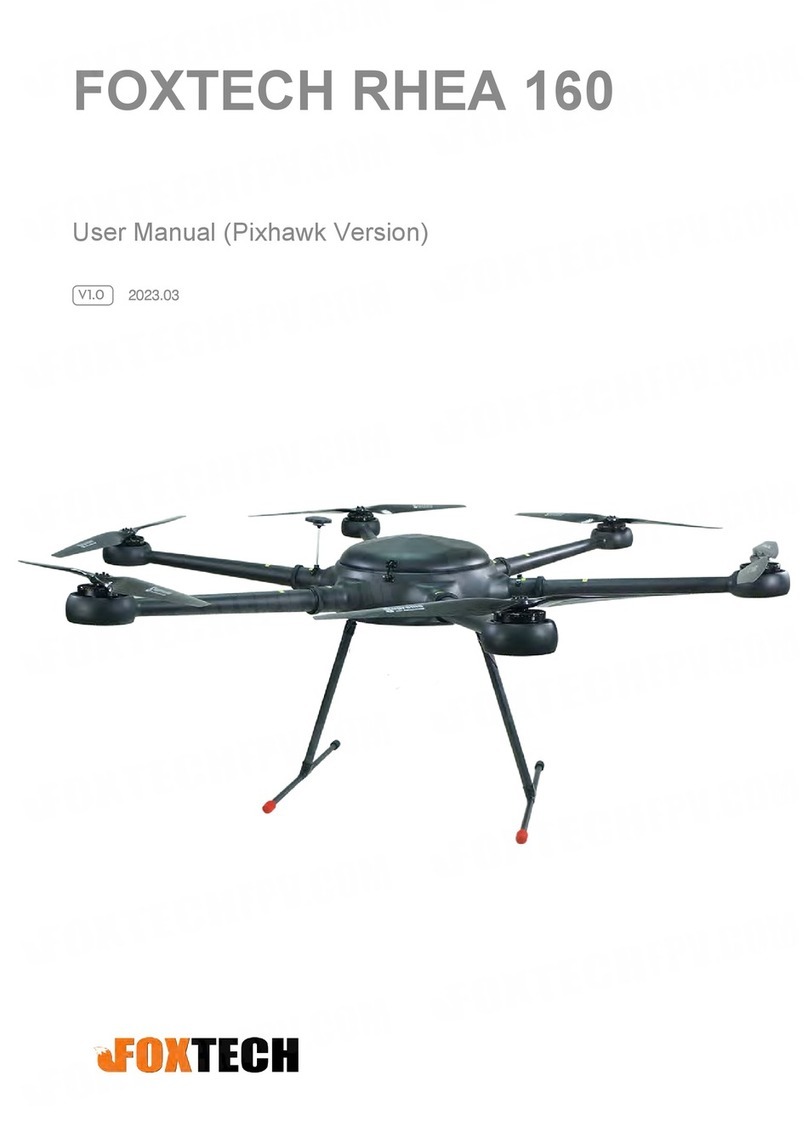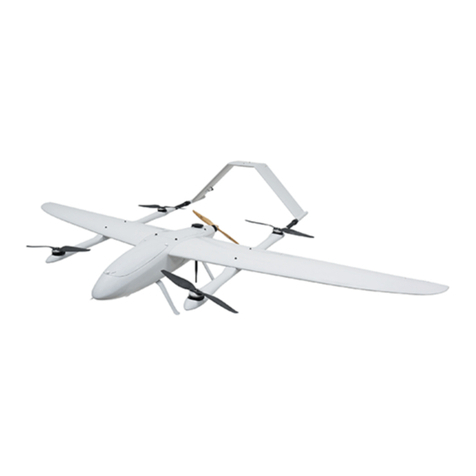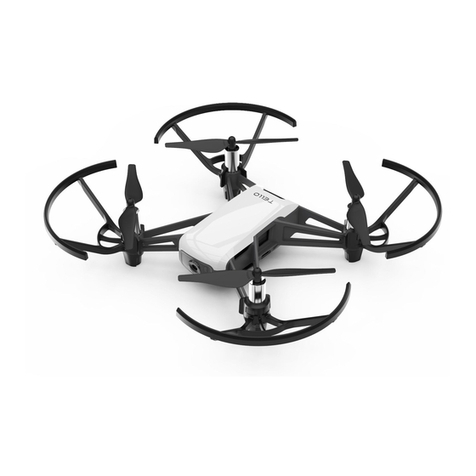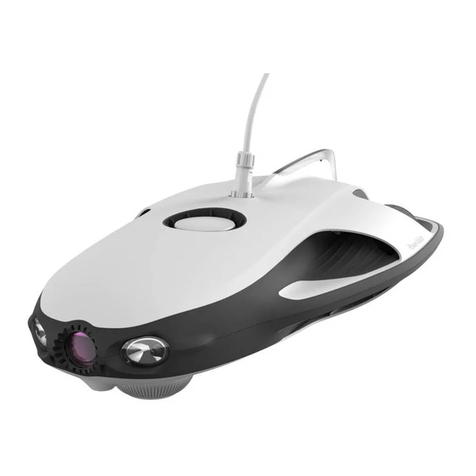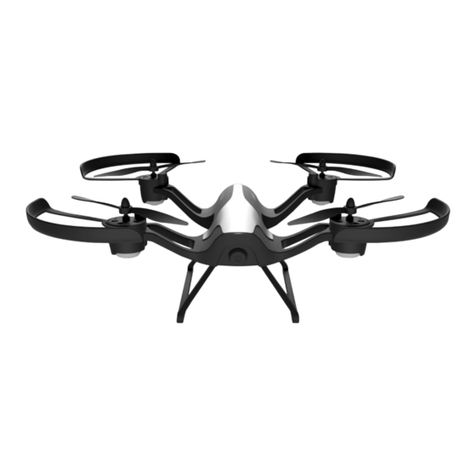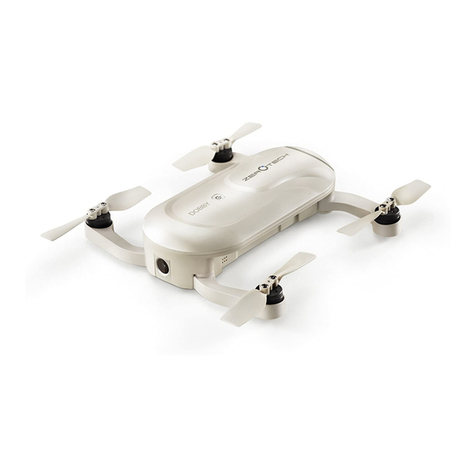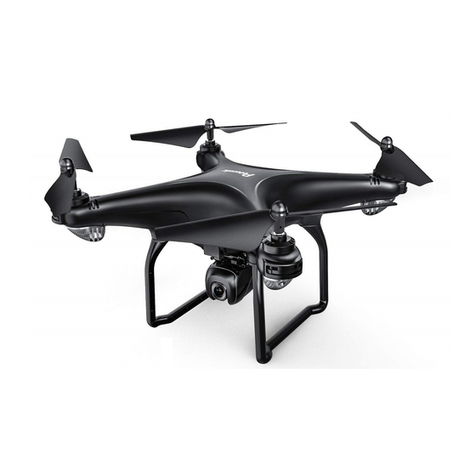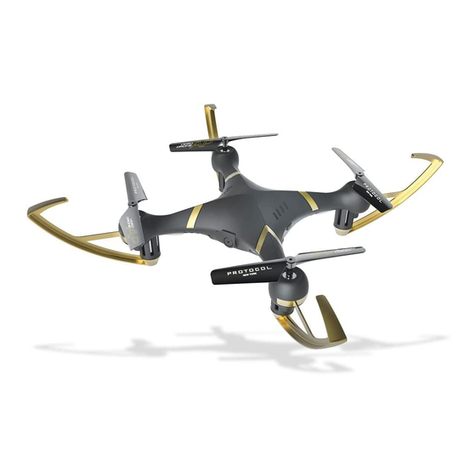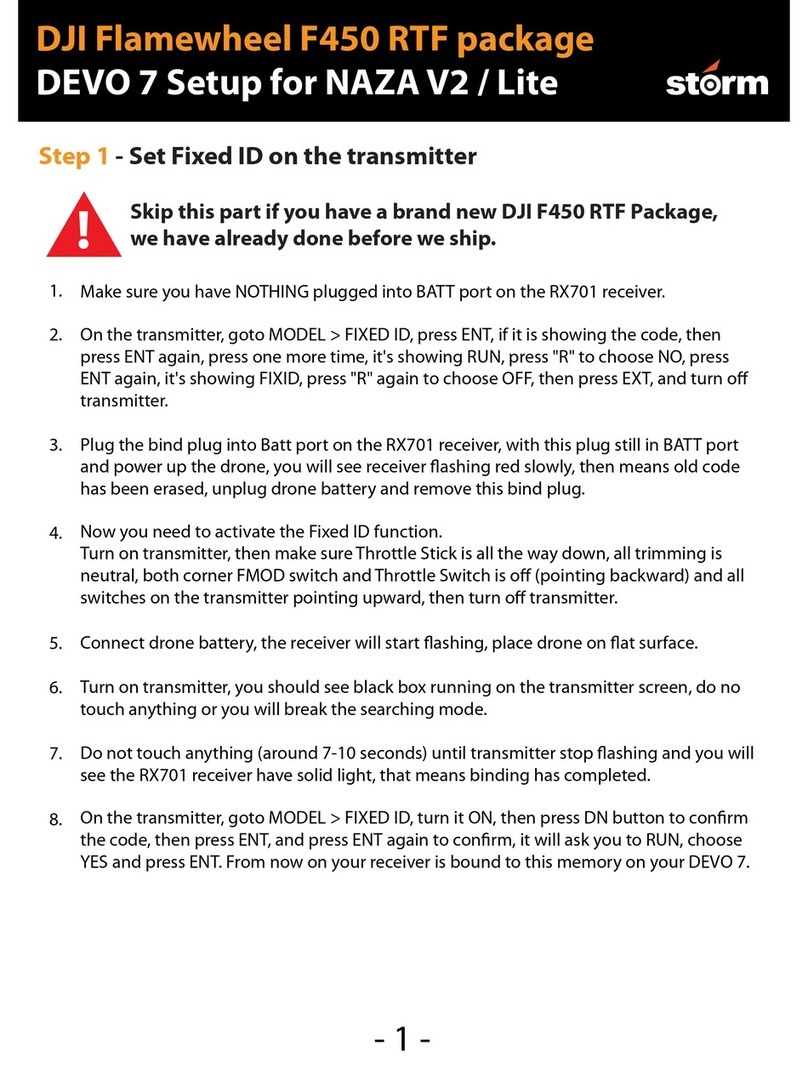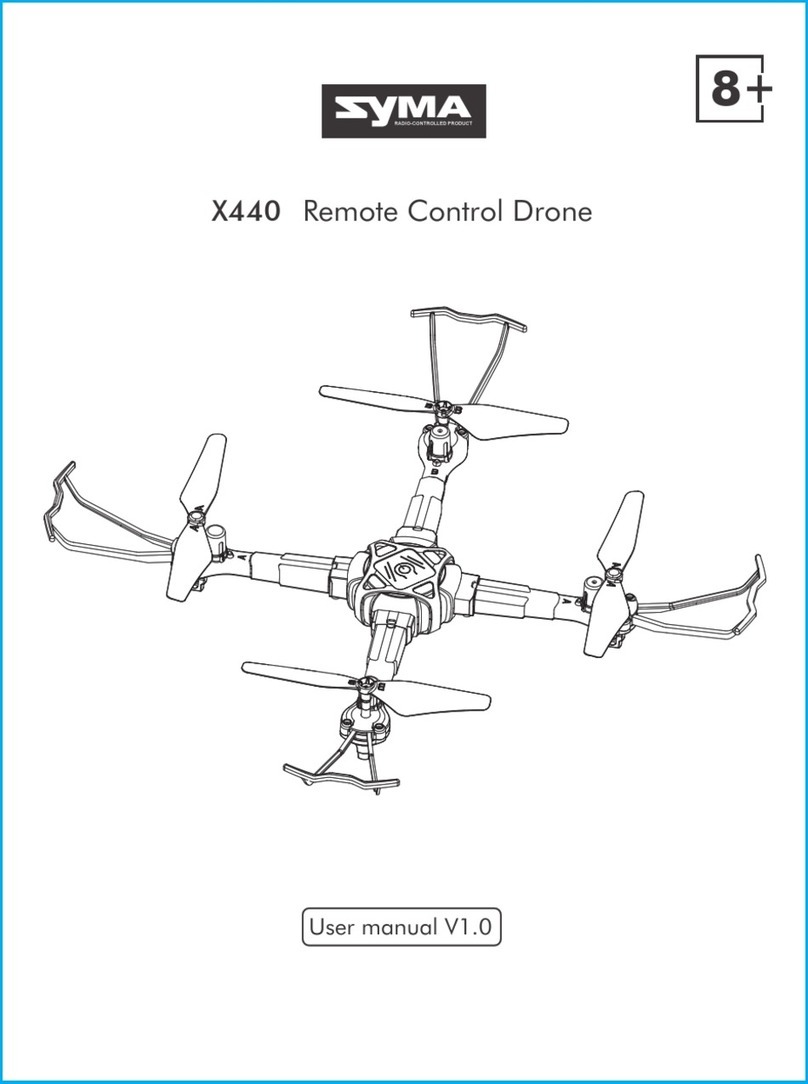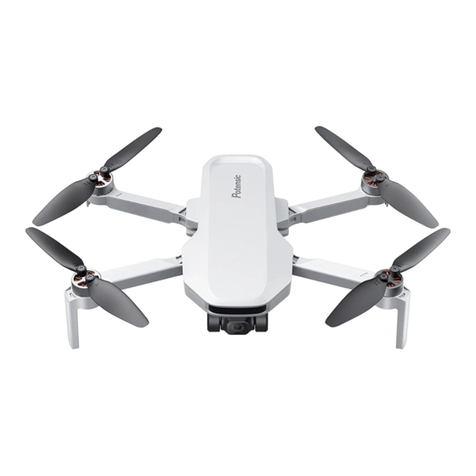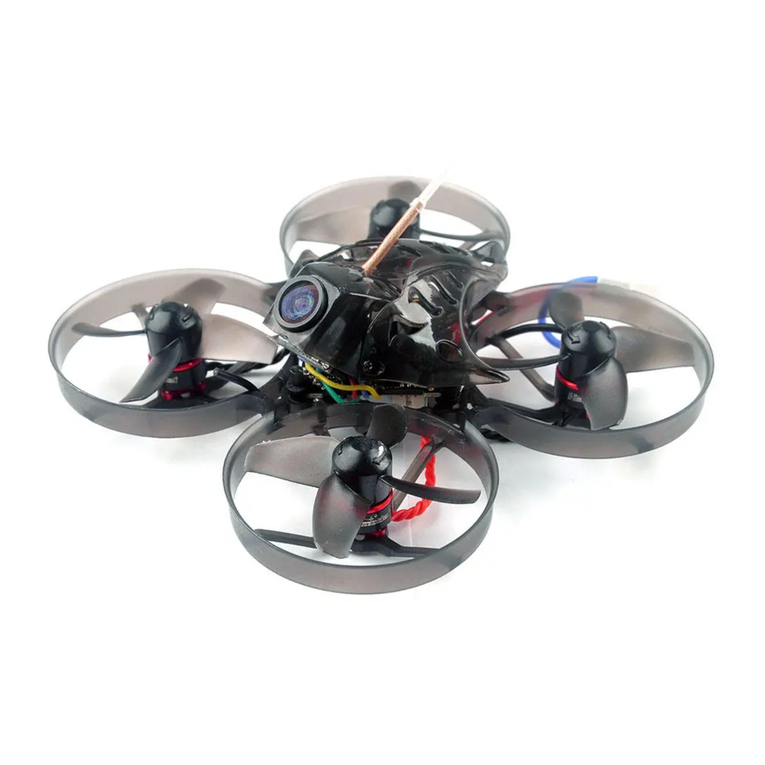
FOXTECH Nimbus VTOL V2(DA16S Combo) User Manual
©2019 FOXTECH All Rights Reserved 3
Basic Theory
Foxtech Nimbus V2 is a Vertical Take-off and Landing airplane. It is equipped with new landing gears. The
foldable tail landing gear and front landing gear. The front landing gear ensure enough space for mapping
cameras or zoom cameras, and will protect the task loads.
In this version, we equip 28kg high speed tilting servos, with the newly upgraded system, the plane can
hover like a multicopter more steadily and take off and land in very heavy wind. And the front motor is
Foxtech 3520 kv520, which is more powerful, the new power system has great power redundency, and
makes the mapping version more efficient, which can lift max 800g payload.
The highlight of Nimbus V2 is the wind resistant feature. It means that when the plane is in multicopter
positioning mode, or in Auto mode, during taking off and landing stage, the two tilting motors will tilt to a
certain level to compensate the wind, that keeps your plane much stable and also give you much better
safty during landing and taking off stage. With the newly upgraded motors, the max flying speed can reach
35m/s, the average speed is 15m/s to 16m/s, and the stall speed is 10m/s-11m/s.
Another new feature is the new radio control-DA16S, specially designed for VTOL like this Nimbus, and also
suitable for other Foxtech series drones. It is 16-channel radio which has datalink and radiolink built inside,
so both the datalink and radiolink can reach a range of 5km. You also could equipped the range booster
and high-quality antenna to increase the distance to 15km.
Nimbus VTOL V2 also has a big inner space, can put lots of batteries and other equipments. And the quick-
detached design makes Nimbus VTOL V2 easy to assembly and dissembly, and transport.
This Nimbus V2 can be equipped with Foxtech Map-01 and Map-A7R mapping cameras to do mapping and
survey, when you use this Nimbus to do mapping, also could equipped Nimbus with RTK, and PPK system
to increase the map precision.
Foxtech Nimbus VTOL V2 is a cost-effective plane compared with other expensive multicopters or
fixedwings, it is a good option for customers to do mapping jobs and long range inspection.
By using the very advanced flight controller Pixhawk 2.1, the plane can take off, fly waypoints and land all by
itself, in this case, doing long range FPV or survey can never been easier!
The image below shows two typical motor rotation directions.
